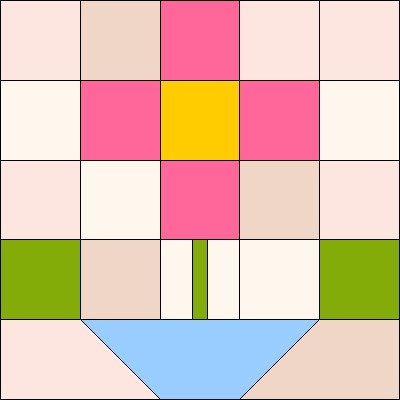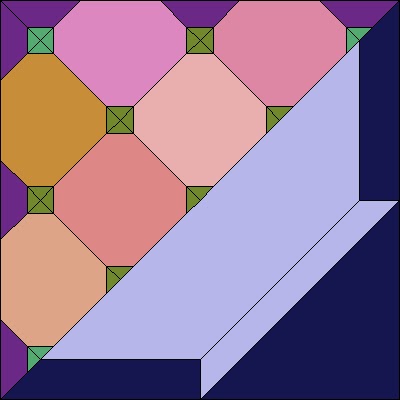Watchmaker's Shop
About 1910
Design historians often point out how design trends from clutter to austerity.
Morris wallpaper 1901 in the Acanthus pattern.
Acanthus pattern
from my Moda fabric collection
The Morris Workshop
A room papered with a large repeating pattern from the Morris Workshop was the
height of modernism from about 1870 to 1890. But fashion changes and by the teens Morris-style wallpaper was becoming passe.
When George Bernhard Shaw wrote the play Pygmalion in 1912 he captured the faded style perfectly in his description for the set of Professor Henry Higgins's mother's once-modern home:
"Her drawing-room, in
a flat on Chelsea embankment, has three windows looking on the river; ...Mrs. Higgins was
brought up on Morris and Burne Jones; and her room, which is very unlike her
son's room in Wimpole Street, is not crowded with furniture and little tables
and nicknacks. In the middle of the room there is a big ottoman; and this, with
the carpet, the Morris wall-papers, and the Morris chintz window curtains and
brocade covers of the ottoman and its cushions, supply all the ornament....The corner
between the fireplace and the window is occupied by a divan cushioned in Morris
chintz.."
Shaw wrote the play for the actress Mrs. Patrick Campbell who played Eliza Doolittle, the lower class girl transformed by the Professor. Here Mrs. Pat poses in front of what looks to be a Morris carpet.
Morris-style pattern was important to the Pygmalion idea but when a film was made in 1938 with Leslie Howard as Professor Higginson, the art director John Bryan (who was a year old when the play was published) ignored the extremely old-fashioned look. He just didn't want to clutter up his movie.
The carpet has pattern but it's more art deco than Morris
and the walls are plain---a fashion necessity for '30s films.
Pygmalion became the musical My Fair Lady and when it was filmed again in 1964 the art director Cecil Beaton went overboard on the Morris look.
During the 1960s pattern was B-A-A-C-K.
The paper here is very much like the Morris pattern Acanthus.
Here is Audrey Hepburn as Eliza, clashing with the furniture.
The chair is upholstered in another Morris-like pattern.
Her bedroom seems to be papered in John Henry Dearle's
Golden Lily design for Morris & Company.
This is one case where Beaton used an actual Morris design.
The chair and the acanthus-like wallpaper above look like Morris but I can't identify them.
Beaton photographing Audrey Hepburn
for a publicity still.
Here he's combined pattern and plain in a distinctive look.
Theaters often stage Pygmalion. You can gauge the popularity of patterned walls by the set designer's attitude, an indicator of austerity's ebb and flow.
A recent San Diego production of Pygmalion
used an oversized Morris Willow Boughs for the set plus two other patterns.
Willow from my Moda line
A Morris Garden






























































